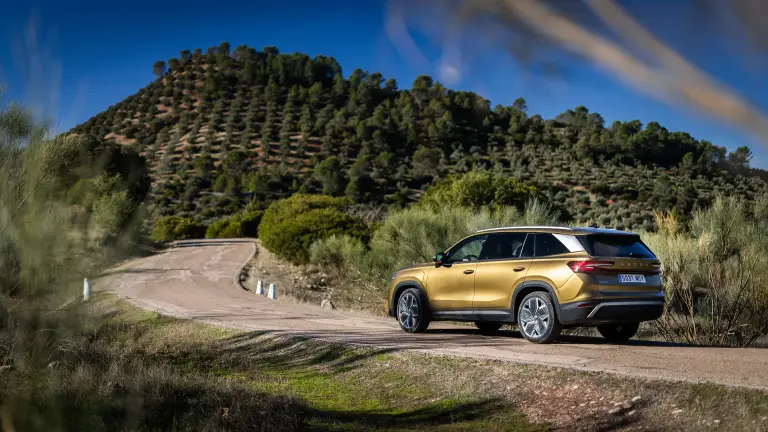Craftsmanship
When it comes to sustainable design, Alexander and Anna are not just practitioners, but innovators. One of their most interesting projects involved creating a coffee table using artificial intelligence and sophisticated algorithms. “AI generated hundreds of organic forms and shapes, almost like Gaudi’s sculptures,” Alexander laughs. It wasn’t just a piece of furniture, but an exploration of how technology can mimic the complexities of nature – right down to shapes resembling a human collarbone, for example.
 Alexander and Anna look for inspiration in organic shapes and forms.
Alexander and Anna look for inspiration in organic shapes and forms.
Inspired by the AI-generated organic forms, the studio ventured into the world of 3D printing. “We found a technique that can print these natural shapes,” says Anna. This technological leap wasn’t just a one-off experiment for them – it became a cornerstone of their design philosophy. From that moment on, nature-inspired shapes have reappeared in all their products.











































